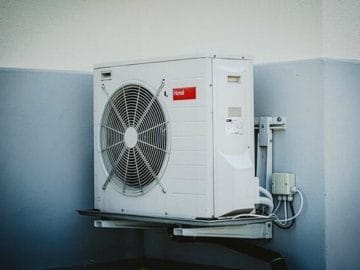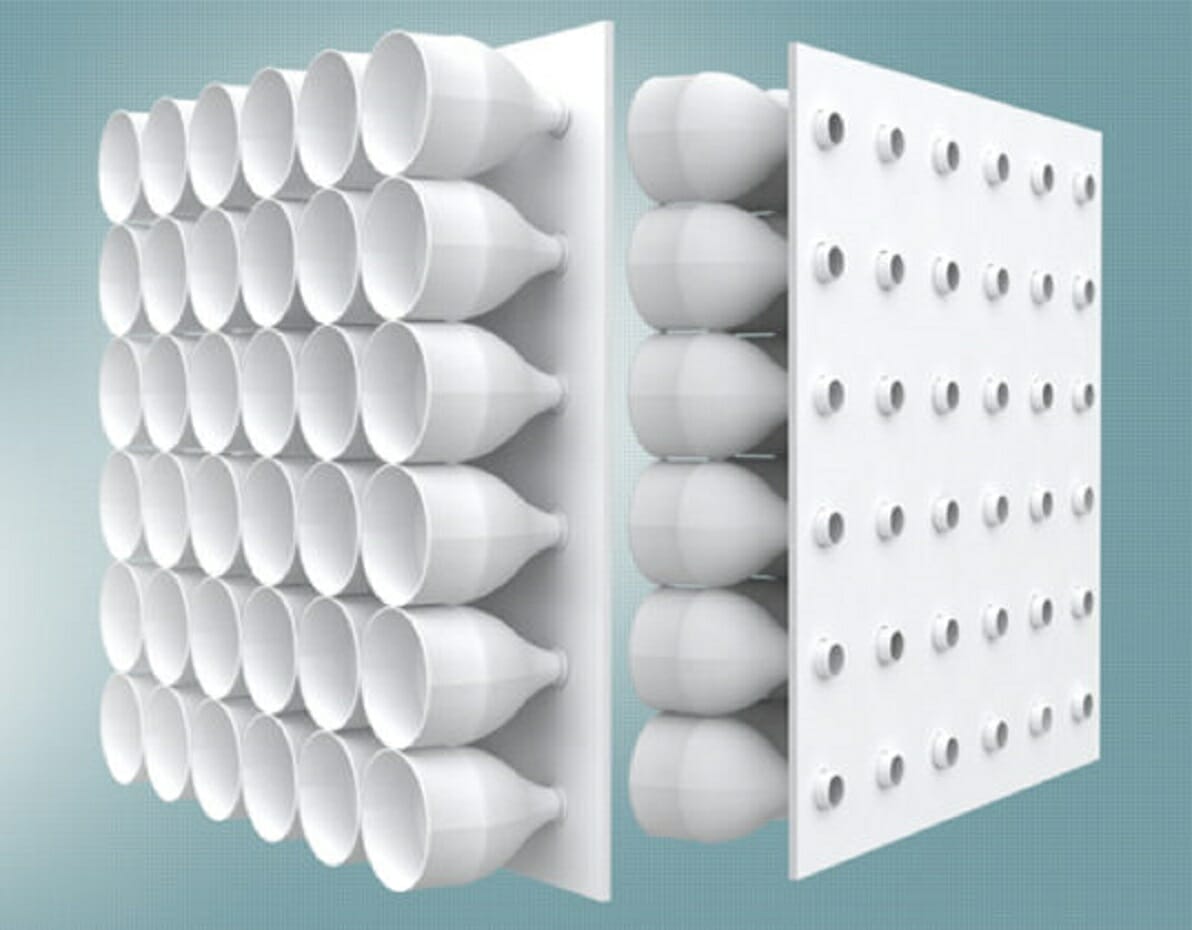HVAC is no longer a luxury but a basic need, especially when climate change increases the temperature in Middle East and Asia-Pacific, year-on-year.
The International Energy Agency has released a new study that shows the fast increase of air conditioning systems around the globe. The study noted that around 1.6 billion buildings come equipped with air conditioning units. That number is expected to be 5.6 billion by 2050.
That “amounts to 10 new ACs sold every second for the next 30 years,” the IEA report noted.
Electricity Consumption Due To AirCon
According to the IEA’s executive director, Fatih Birol, “Growing electricity demand for air conditioning is one of the most critical blind spots in today’s energy debate. With rising incomes, air conditioner ownership will skyrocket, especially in the emerging world. While this will bring extra comfort and improve daily lives, it is essential that efficiency performance for ACs be prioritized. Standards for the bulk of these new ACs are much lower than where they should be.”
India Leads the Consumption
The IEA study explained that one of the biggest drains on the air conditioning pull could come from India. Today, air conditioning in India constitutes to around 10 percent of India’s entire electricity usage. However, the report has pointed out that it could increase to 45 percent air conditioning usage by 2050 given the population trends and economic growth of the country.
Temperature Rise Means More Temperature Control Needed
As global temperatures continue to rise, the need for climate control equipment such as air conditioning will increase as well for more people to stay comfortable. The IEA’s solution is to encourage more efficient air conditioning units that uses less electricity to operate. Their study noted that the air conditioning units that are sold in Europe and Japan are often 25 percent more efficient that units that are sold throughout the United States and China.
Peaking Power Plants for HVAC
The study also warned that large investments in new power plants to meet peak power demand at night are needed. Setting higher efficiency standards for cooling is one of the easiest steps governments can take to reduce the need for new power plants, and allow them at the same time to cut emissions and reduce costs, Birol said.
To read the entire article, click below magazine. Enjoy the reading.












